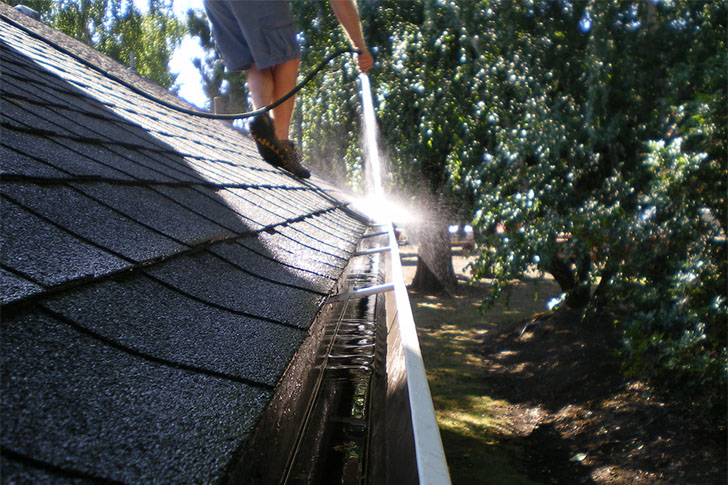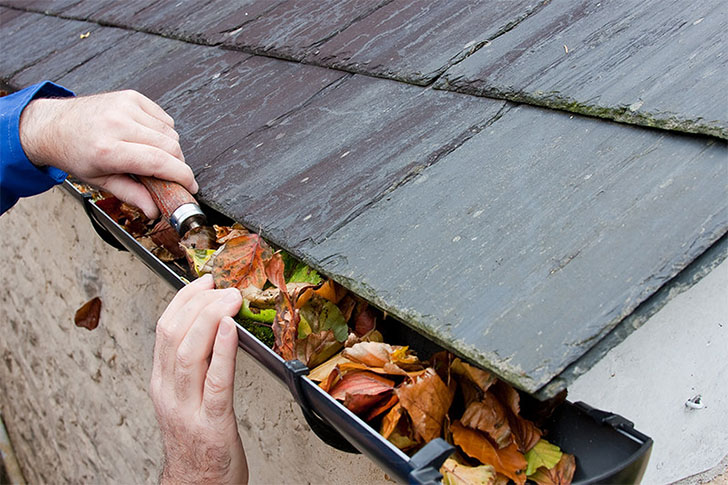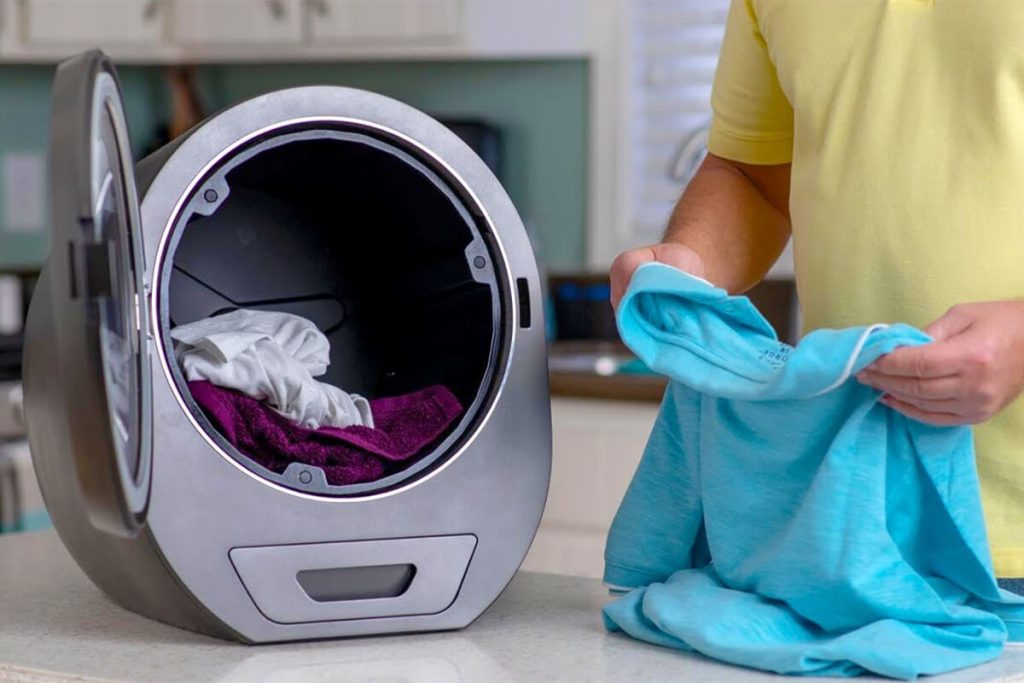The thought of cleaning your home's gutters might not fill you with enthusiasm. Yet, as mundane as the task sounds, ensuring that your gutters are clean and unclogged is crucial for several reasons. This article delves deep into the importance of this home maintenance routine, offers safety tips, and provides a detailed, step-by-step guide on how to clean your gutters.
Importance of Cleaning Your Home's Gutters
Gutters play a pivotal role in maintaining the structural integrity of your home. They divert rainwater, ensuring that it flows away from the house, preventing potential damage. A blocked gutter, filled with leaves, twigs, and other debris, can lead to water stagnation. This trapped water can be a menace.
When water overflows from a clogged gutter, it can seep into the house's foundation or basement, leading to potential water damage and weakening the structure. Moreover, stagnant water becomes a breeding ground for pests like mosquitoes. Mold and mildew growth can also be attributed to trapped moisture, posing a health risk to the inhabitants. Clearly, the humble task of cleaning your gutters serves a greater purpose than one might initially realize.
Safety Considerations

Tim Hunter / Flickr
Before embarking on the task of cleaning your gutters, understanding and adhering to safety precautions is paramount. Many accidents around the home are related to falls from ladders. To prevent such mishaps, always use a sturdy and stable ladder, preferably one with a small shelf strong enough to hold a bucket to collect gutter debris. If the home is two stories or higher, consider using a ladder stabilizer.
Ensure that the ground below the ladder is stable and even. It’s also advisable to wear thick work gloves to protect the hands from metal screws and safety glasses or goggles to shield the eyes from any flying debris. Always avoid working near power lines and make sure to inform someone at home about the task at hand. This way, someone will be aware in case of any unforeseen incidents.
Essential Supplies for Cleaning Gutters
Tim Hunter / FlickrCleaning gutters is a task that requires the right supplies to ensure efficiency and safety. Here's a comprehensive list of supplies, each accompanied by a detailed description of when and how to use them.
-
Ladder
Usage: The ladder is the primary tool to reach the gutters. Whether it's scooping out debris or inspecting the gutter's condition, a ladder is indispensable.
Choose a sturdy and stable ladder. If working on a one-story house, a stepladder is ideal. For two-story houses, an extension ladder is more suitable. Ensure that the ladder is set on even ground and, if possible, have someone hold it at the base for added stability.
-
Work Gloves
Usage: These protect your hands from sharp debris, insects, birds, and potentially mold or mildew present in the gutters.
Opt for thick suede or leather gloves as these materials offer good grip and are resistant to wear and tear. They protect hands from potential cuts from sharp debris or the metal edges of older gutters.
-
Gutter Scoop or Garden Trowel
Usage: Useful for scooping out larger debris from the gutters.
This tool, designed specifically for the shape of gutters, helps remove leaves, twigs, and accumulated dirt with ease. A plastic scoop is better than metal as it won't scratch the gutter's surface.
-
Safety Glasses or Goggles
Usage: These protect the eyes from flying debris, especially when flushing the gutters with water.
Choose goggles or glasses that offer a snug fit to prevent tiny particles from getting into the eyes. Clear or lightly tinted lenses are ideal to ensure proper visibility.
-
Buckets or Plastic Bags
Usage: Collect the scooped-out debris.
Attach a bucket to the ladder using a metal hook, ensuring easy collection of debris and preventing repeated trips up and down the ladder. For those who prefer not to carry a bucket, heavy-duty plastic bags can be used to gather the debris and later be emptied.
-
Garden Hose with a High-Pressure Nozzle

Tim Hunter / Flickr
Usage: After removing the loose debris, the hose helps in washing out the finer particles and checking the flow of water.
The high-pressure nozzle is essential as it helps dislodge tougher dirt or minor blockages, ensuring a thorough cleaning. Always start from the end opposite the downspout and work towards it for efficient cleaning.
-
Plumber's Auger (or Snake)
Usage: Useful when dealing with stubborn clogs in the downspouts.
This tool can be inserted from the top or bottom of a downspout. Rotate it to catch the debris causing the clog and then either push it out or pull it up. It’s an efficient tool to unclog without disassembling the downspout.
-
Rags or Old Towels
Usage: Useful for wiping off any residual dirt and for cleaning up any spills or drips on the side of the house.
Keep a few old towels or rags handy. After the primary cleaning is done, these can be used to give the gutters a final wipe-down, ensuring they're as clean as possible.
Cleaning Your Gutters: A Step-by-Step Guide
-
Prepare the Necessary Tools
Before starting, gather all the essential tools. This includes a ladder, a garden trowel or gutter scoop, work gloves, safety glasses, a hose with a high-pressure nozzle, and buckets or plastic bags for debris collection.
-
Begin Near a Downspout
It's best to begin the cleaning process near a downspout, allowing the loosened gutter debris to flow down and out. This way, one can ensure the downspouts are clear and free of clogs.
-
Scoop Out Loose Debris

Goldie dick /Flickr
Starting at the opposite end of the downspout, remove the loose debris, working away from it. A garden trowel or a gutter scoop works perfectly for this purpose. Instead of dropping the debris, collect it in a bucket or plastic bag. This not only makes disposal easier but also prevents potential lawn or garden damage.
-
Use a Hose to Clear Out Remaining Dirt
After scooping out the loose debris, use a garden hose to wash out the remaining dirt. This is where starting near a downspout comes in handy, as the water and minor debris will flow through the downspout, indicating that it’s free of major clogs. If the water isn’t draining, it's an indication of a blockage. This can often be cleared by sealing the hose end and filling the gutter with water, which usually dislodges the obstruction.
-
Clear Downspouts
The downspouts shouldn't be ignored. If water doesn’t drain properly, try using a plumber's auger (snake) to pull out the debris from the bottom. In more stubborn situations, it might be necessary to disassemble the downspout and remove the clog.
-
Check for Gutter Damage

Master Shield
Once the gutters are clean, take a moment to inspect them. Look for holes, rust spots, or any signs of damage. Check the joints between sections of the gutter, ensuring they’re tightly connected. Tighten any loose brackets or screws.
-
Ensure Proper Slope
Gutters should slope towards the downspouts. If water is pooling in certain sections, adjust the gutter hangers. This step is crucial as stagnant water can lead to many problems, including structural damage and mosquito breeding.
In conclusion, while the task of cleaning gutters might seem tedious, its importance cannot be stressed enough. With the right tools and a systematic approach, this task can be completed efficiently, ensuring the home remains in optimal condition and free from potential water damage. Regularly checking and cleaning gutters, especially after storms or during fall, is an investment in the home's longevity and safety.
show more






















